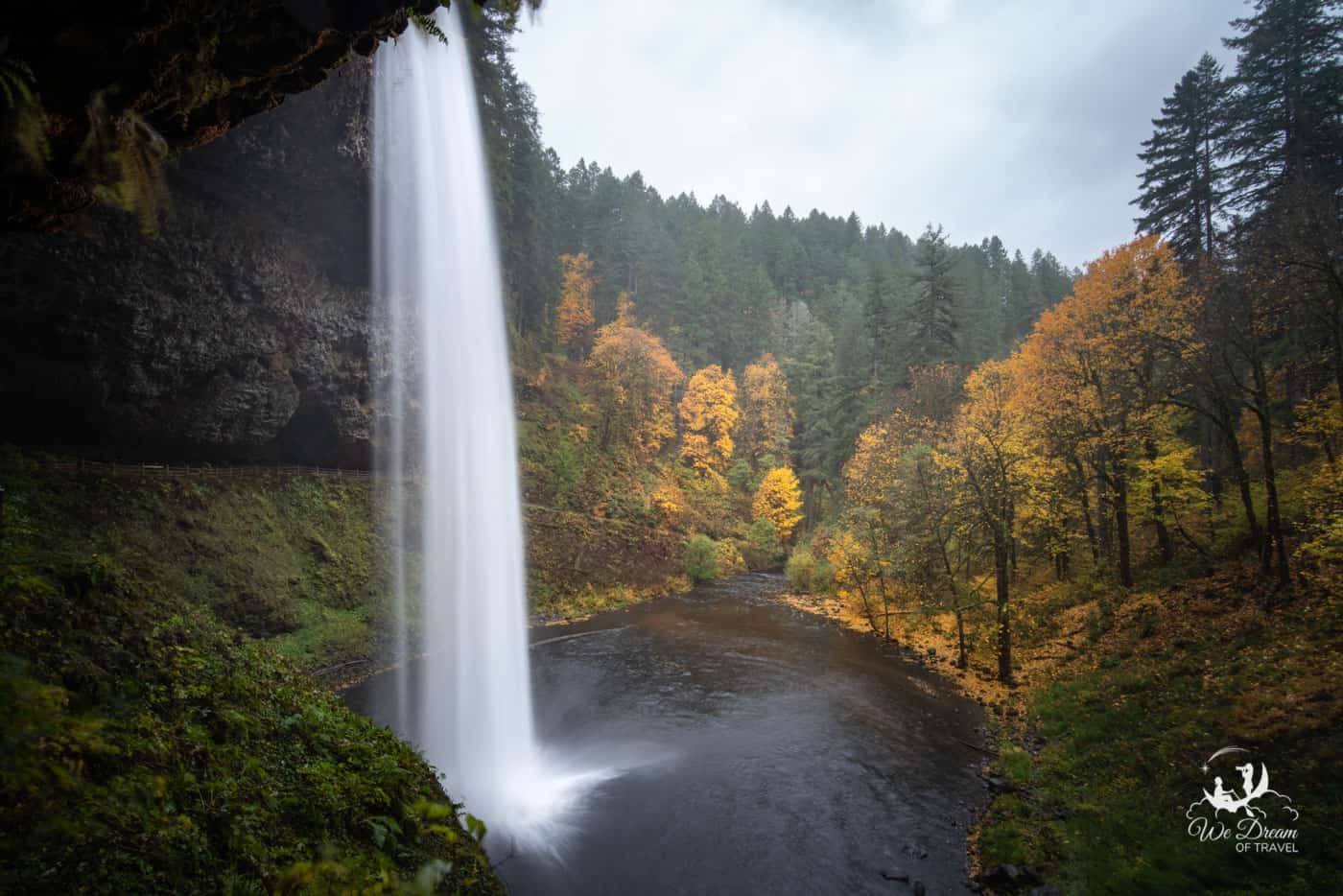Silver Falls State Park, located just an hour south of Portland, Oregon, is a natural wonder that captivates visitors with its ten stunning waterfalls, lush forests, and diverse wildlife. Despite its breathtaking beauty and popularity—attracting over a million visitors in 2023—the park narrowly missed becoming a national park in the 1920s. This article explores the reasons behind this decision and the subsequent transformation of Silver Falls into a cherished state park.
A Glimpse into Silver Falls State Park
Spanning 9,000 acres, Silver Falls State Park is renowned for its picturesque waterfalls, with the South Falls being the most spectacular, featuring a 177-foot drop and a trail that meanders behind it. The park offers a 7.2-mile trail connecting all ten waterfalls, providing visitors with an immersive experience in its old-growth and secondary forests. The park’s facilities, including cabins and campgrounds, are designed in a classic 1940s Adirondack style, reminiscent of structures found in national parks like Yellowstone and Crater Lake.
The Road Not Taken: Silver Falls and the National Park Service
In the early 20th century, the National Park Service (NPS) was cautious about designating new national parks. Under the leadership of Stephen T. Mather, the NPS aimed to ensure that new parks were of “supreme and distinctive quality” and that the land was pristine, free from commercial development. This cautious approach led to the exclusion of Silver Falls from national park status. A survey in the 1920s noted the prevalence of cut-over lands, farming activity, and unsightly tree stumps, indicating that the area had been heavily logged and was not in its natural state.
A New Beginning: Silver Falls as a State Park
Despite the setback, local photographer June Drake recognized the area’s potential and lobbied for its preservation. In 1931, Oregon acquired the South Falls and surrounding land, marking the beginning of Silver Falls as a state park. The New Deal era provided an opportunity for significant restoration efforts. The Civilian Conservation Corps (CCC) played a pivotal role in rehabilitating the land, constructing trails, replanting trees, and building park structures in the iconic national parks style. These efforts transformed Silver Falls into a state park that mirrors the grandeur of national parks.
Silver Falls Today: A Testament to Conservation Efforts
Today, Silver Falls State Park stands as a testament to the successful collaboration between local advocates, state authorities, and federal programs like the CCC. Its well-preserved natural beauty and historical structures continue to attract visitors from around the world. The park’s transformation from a neglected area to a cherished state park underscores the importance of conservation and community involvement in preserving natural wonders.
Conclusion
Silver Falls State Park’s journey from a neglected area to a beloved state park highlights the complexities involved in designating national parks and the critical role of local advocacy and federal support in conservation efforts. While it may not have achieved national park status, Silver Falls remains a cherished destination, offering visitors a glimpse into Oregon’s natural beauty and the enduring spirit of preservation.
(Source: sfgate.com)


